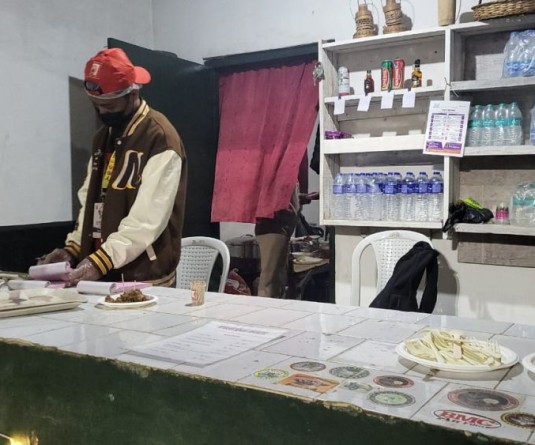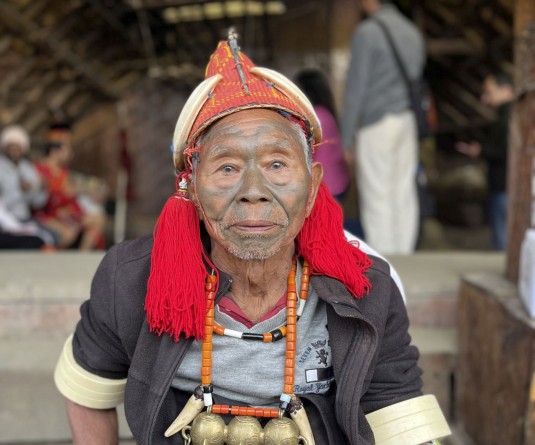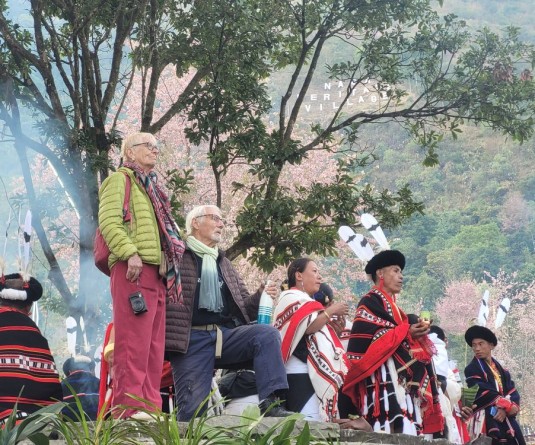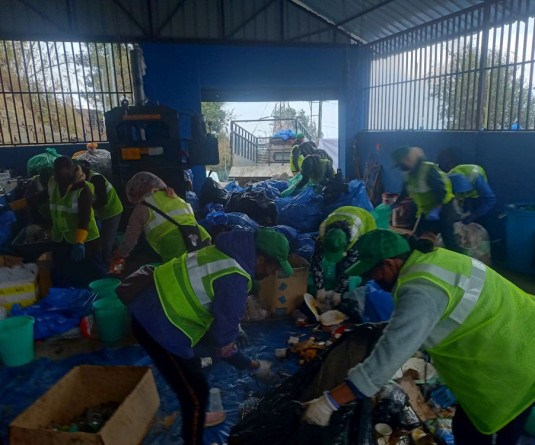A view of the Satoi Connect area. (Photo Courtesy: Obed Bohevi Swu, DFO Zunheboto)
Tokavi K Zhimo
Zunheboto | October 17
The celebration of Wildlife Week 2025 under the theme “Human-Animal Coexistence” at Satoi Headquarters brought together forest officials, tourism professionals, and community leaders to highlight the ecological importance and tourism potential of the region. However, amid discussions on conservation and ecotourism, participants raised concern over the poor road connectivity that continues to isolate Satoi.
Despite strong calls for community-based tourism, the lack of a proper motorable road remains the single largest obstacle to realizing the much-talked-about ‘Satoi Connect’ initiative. The journey from Zunheboto town to Satoi takes about three hours, often on rough and uneven terrain.
.webp)
The Forest and Tourism departments have identified the Satoi Range as a potential hotspot for ecotourism. Home to rare species such as the Blyth’s Tragopan and Western Hoolock Gibbon, and known for its rich forests and scenic trekking routes, Satoi is described as one of the last “virgin patches” of forest in Nagaland. Officials said the area could play a key role in promoting nature-based tourism if supported by adequate infrastructure.
.webp)
Vimeto Vekha, President of the Nagaland Tourism Association, said that while Satoi has “natural beauty, culture, and traditions,” it still lacks basic facilities. “We need good roads, guest houses, and homestays before we can talk about tourism growth,” he stated.
.webp)
Kejaroko Pieru, President of the Nagaland Association of Tour Operators, said tourism must be developed responsibly so that benefits reach local communities. Dr Kupe Kapfo, Superintendent of Police, Zunheboto, noted that connectivity and law and order are both essential to promote tourism. “Unless the roads improve, even the best ideas will struggle to take off,” he said.
Officials from the forest and wildlife departments underlined the need for balance between conservation and development. They maintained that tourism must not come at the cost of the environment and should instead provide sustainable livelihoods.
.webp)
Local enthusiasm for ecotourism was evident throughout the event. Youth groups, village leaders, and conservationists expressed readiness to support Satoi’s tourism plans but appealed for government action to match their efforts. One participant observed that “we have been able to conserve the area because there are no proper roads to exploit it.”
Several speakers highlighted that alternative livelihoods could emerge through the initiative, provided there is patience and consistency. Another participant pointed out that not all tourists visit to appreciate nature and urged the need for local control over what to showcase. “It doesn’t mean we should show them everything,” he said, adding that local tourists must also be encouraged.
.webp)
Speakers also stressed that conservation should be a collective effort. “If one village practices it and another doesn’t, it will not work, because wildlife moves beyond boundaries,” said a participant.
The ongoing road project connecting Satoi remains incomplete, delayed by the monsoon season. Participants said the village also requires basic infrastructure such as guest houses, homestays, tour guides, and transport services, which could create livelihood opportunities for residents.
DFO Zunheboto and his team, who stayed overnight before the programme, shared that they were woken early by the calls of the Western Hoolock Gibbon — a reminder of the region’s ecological richness. They expressed willingness to assist tourists interested in exploring the area and witnessing its wildlife.






